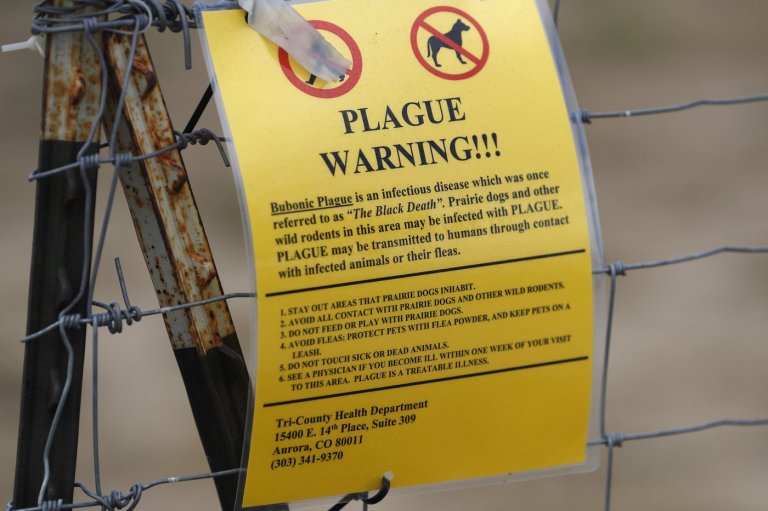Pruning: Get the right cut for the growth you want
In the short space that follows, I think I can guide you on how to prune any plant, from a midget marigold to a mighty oak.
That’s because all plants respond similarly to pruning. Once you understand that response and are clear on your goals, you can just go ahead and cut.
First, let’s get one thing straight: Pruning stunts plants, which may in itself be a reason to prune.
Other reasons might be:
In a younger plant, pruning can direct growth so the plant can develop strong, well-placed limbs that bathe in light and air. That also can speed drying and thus limit the threat of disease.
An older plant might need pruning to invigorate it, do away with decrepit stems and keep healthy stems bathed in light and air.
So pruning is often needed whether or not size control is desired. If size control is not your goal, minimize pruning to what is absolutely necessary so that your plant fills its allotted space as soon as possible.
___
PINCHING IS PRUNING
While it stunts overall plant growth, pruning — some kinds — can stimulate growth right where you cut. Picture a young shoot of a tomato plant or maple tree. Unpruned, such a stem will continue to grow from its tip, and side branches may or may not grow out further down the stem.
The lightest pruning would be to use your thumbnail and forefinger to pinch out the soft, growing end of the shoot. This pinch not only causes growth to falter briefly, but also causes dormant, lateral buds farther down the stem to be awakened into growth.
Pinching, then, is useful for slowing stem growth — to direct the energies of a tomato plant in late summer to ripening fruits, for example — and to encourage branching, as on a potted avocado tree whose single, lanky stem looks ungainly.
___
HEADING FOR BRANCHES
You also could prune a stem more drastically, with pruning shears. This type of cut is called a heading cut, and plant response depends on how drastically you cut back a stem.
If you cut a young stem back by a third, buds that might have stayed dormant on its remaining part will now be prompted to grow, and they will do so more enthusiastically than if the stem had just been pinched. Shorten that same stem by two-thirds, and the resulting new growth will be even more vigorous, but fewer buds will be awakened.
The more vigorous a stem is before it is headed back, the more enthusiastic its response to such pruning. As a general rule, the more vertical the stem’s orientation, the greater its inherent vigour. And heading cuts into 1-year-old wood elicit more enthusiastic responses than do cuts into older wood.
Too many gardeners irreverently hack back their plants in an effort to get rid of unwanted growth, and then bemoan the dense and vigorous regrowth from these heading cuts.
Nonetheless, in the right situation, a heading cut is a useful pruning technique. There are situations when vigorous, new growth is needed: to make a strong trunk on a young tree; to create new, bearing wood, if needed, for fruits or flowers; to create a decorative effect; to invigorate a frail stem. A heading cut also is the cut of choice where you want branching, such as on a newly planted tree consisting of only a single upright stem.
___
THIN CROWDED BRANCHES
What happens if, instead of cutting off only part of a stem, you remove it completely, or cut it back to a larger branch? This type of pruning cut is called a thinning cut and the plant’s response is: nothing, near the cut. Or at least very little. (Total plant growth is, of course, still reduced.)
Use thinning cuts when you want to remove unwanted growth, such as in the centre of a tree or bush, where growth is too congested. Or when you want to bring down the height of a tree. (Remove one or more of the tallest limbs to their point of origin.) Reserve pinches and heading cuts for situations where you want various degrees of branching and lush regrowth.
Before you even bring your pruning shear, lopper or saw near a stem or branch, decide what your plant needs. Whether it’s a marigold, apple tree or lilac bush, its response to a pinch, a heading cut or a thinning cut is more or less predictable.
__
http://www.leereich.com/blog
http://leereich.com/
Join the Conversation!
Want to share your thoughts, add context, or connect with others in your community? Create a free account to comment on stories, ask questions, and join meaningful discussions on our new site.













Leave a Reply
You must be logged in to post a comment.